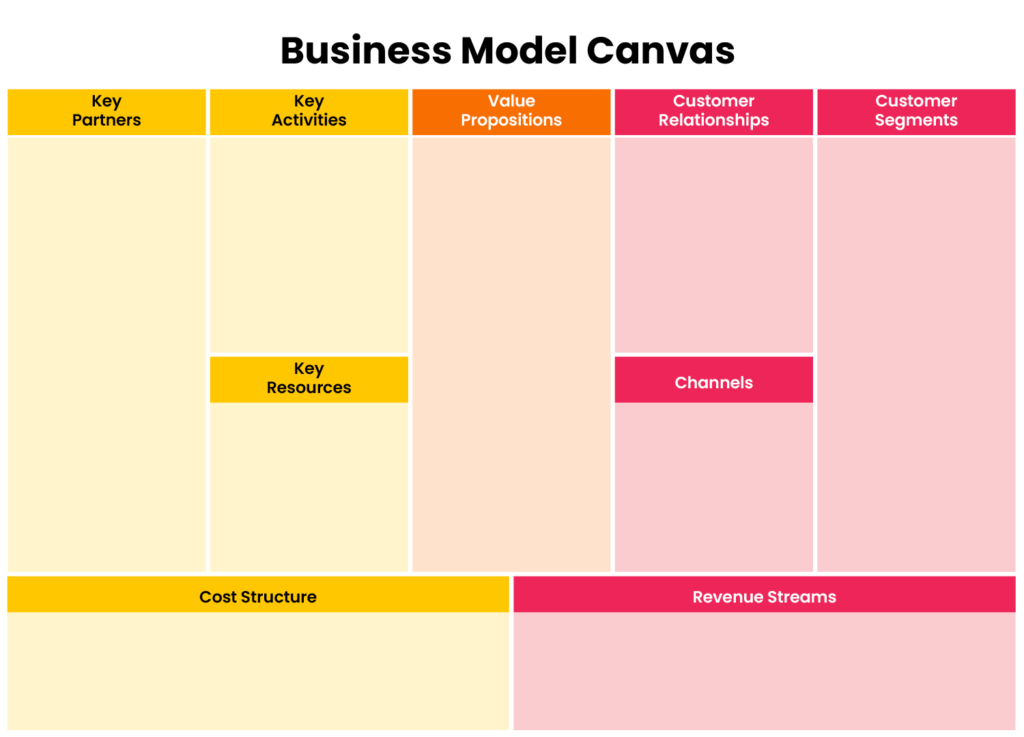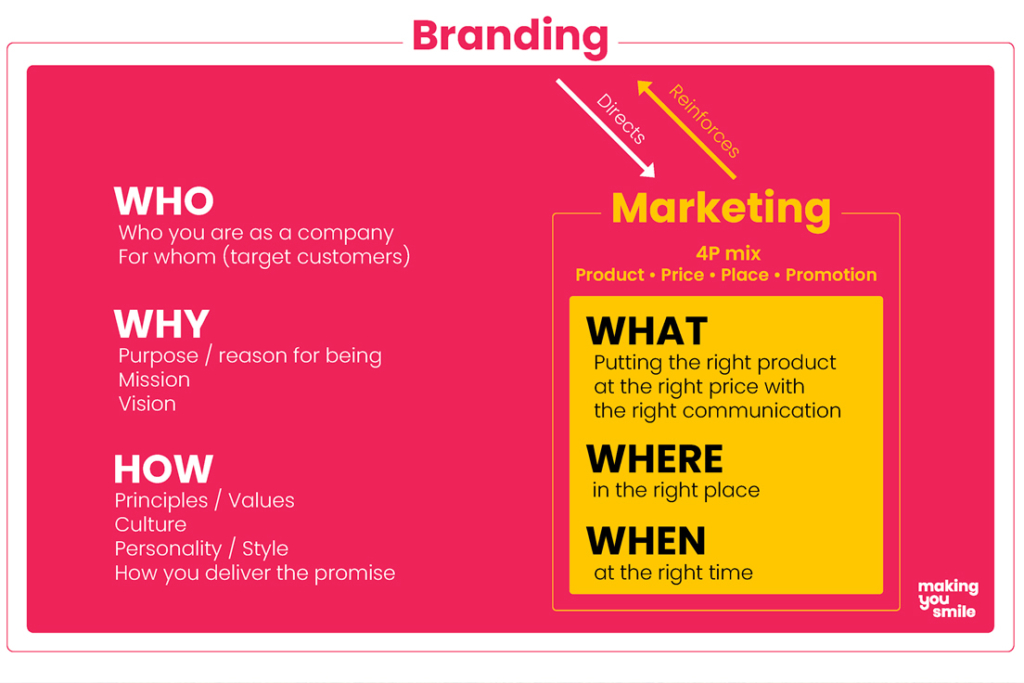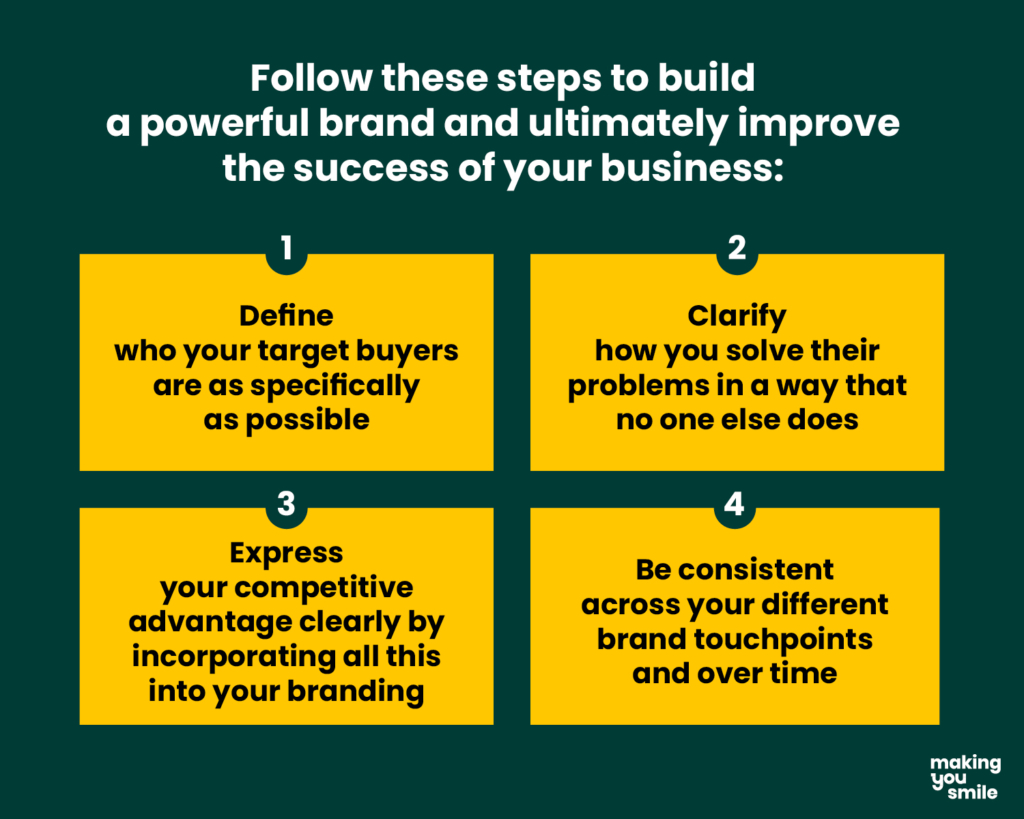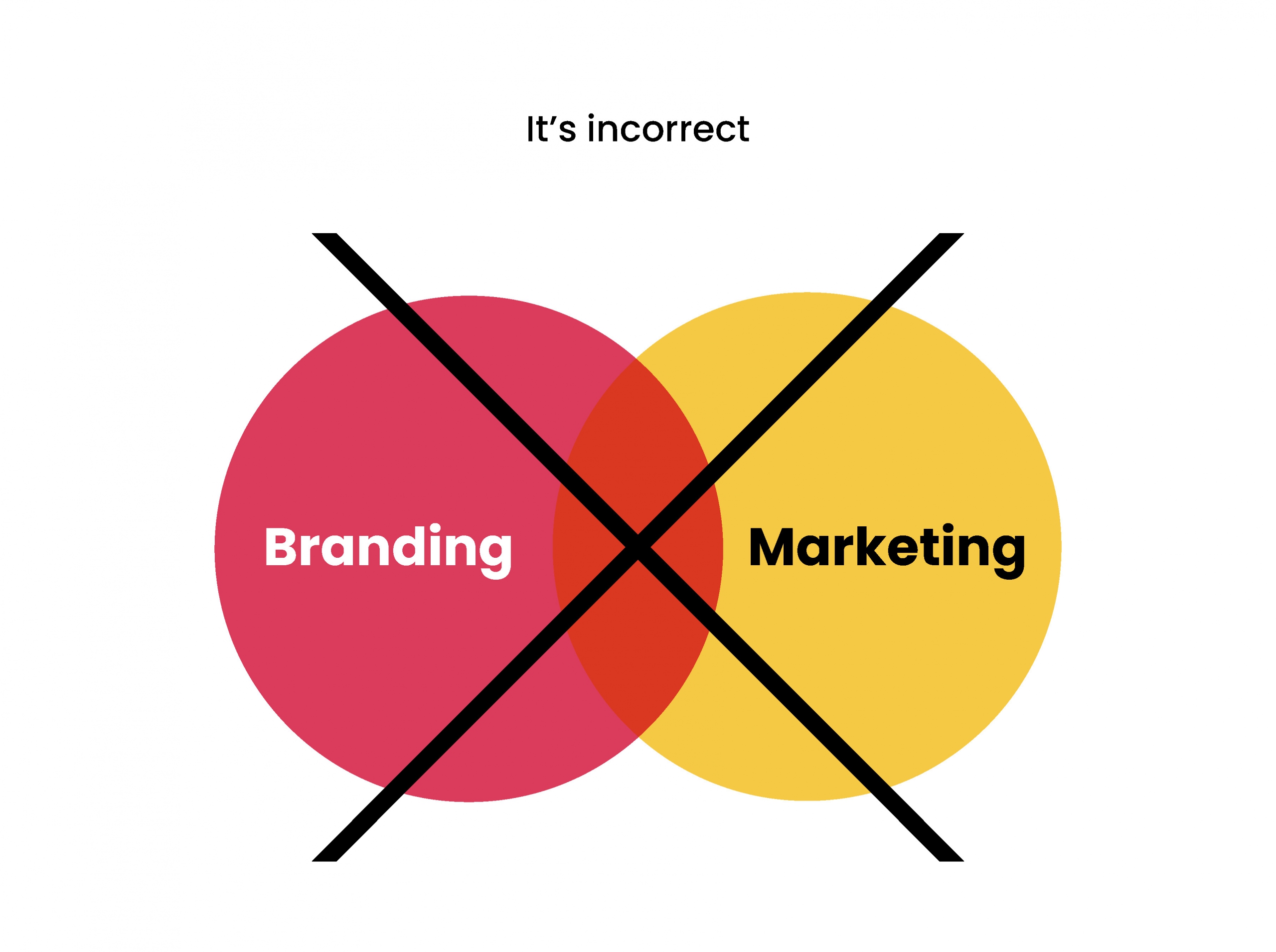Strategic synergy – Understanding the critical links between brand, business, and marketing strategy
#Branding #Business #Marketing #StrategyAt Making You Smile, we often get asked to clarify what a brand strategy is. We like to explain that it starts with identifying how an organization wants its target customers to perceive its business. The objective is achieved when these target customers understand and feel why they want to buy from the business — and why they will continue to want to do so.
In other words, your brand strategy is your business strategy turned into your audience’s point of view.
As a branding agency, we regularly help our clients define the elements that affect not only their brand and marketing strategy, but also their business strategy. They often ask us what the role of each of these strategies is and how to align them to achieve business success.
After receiving these questions so frequently, we felt it would be useful to share our answers in greater detail. In this article, we shed light on what business strategy, brand strategy, and marketing strategy are and how these three interrelate. Also, we’ll look at how to build a powerful brand to highlight your competitive advantage and increase your attractiveness in the marketplace in order to ultimately improve the success of your business.
Business strategy
A business strategy maps out the path a company should take to get to its destination. It details your firm’s organizational vision, mission, long-term objectives, and especially how you can reach your desired financial results by successfully competing in your market.
A business strategy considers various factors, including competitive environment, market structure, market trends, entry and exit barriers, and the organization’s strengths and weaknesses as well as the opportunities and threats the market represents.
From there, it defines a business model, sources of revenue, pricing strategy and cost structure, distribution strategy, strategic partnerships, supply and demand, expected financial performance, customer value proposition and target buyers profile, and how to create and keep a competitive advantage in the marketplace.

Brand strategy
While a business strategy defines the roadmap to determine the path that a firm should take (with a clear focus on its financial objectives and long-term vision, including how to increase profitability, as well as addressing what kind of social impact they want to create through their business), a brand strategy helps them achieve those goals by making their positioning and value proposition clear and attractive to their target audience.
What is a brand? If we spoke in the simplest of terms, we’d say that your brand is the idea or image that people envision when they think about you. However, to familiarize our readers with branding jargon, we like to say that your brand is the identity of your business, expressed to your target audience in a repetitive way.
A company would elaborate a brand strategy to build a brand, with the goal of helping its target audiences to identify its products or services. A well-defined brand strategy enables a company to clearly express a reason, both rational and emotional, to their target customers for why they should buy from them instead of a competitor.

This is why we began this article by stating that your brand strategy is your business strategy turned into your audience’s point of view.
Thus, understanding your target customers deeply and identifying what perception you should create to engage them is key. It helps you define what makes your brand unique and what brand experience you should consistently create to grab their attention, convince them to buy from you, and turn them into your loyal customers.
Marketing strategy
Marketing strategy is a set of plans you build to actively promote and sell your product or service. In other words, it’s all about putting the right product at the right price, with the right communication, in the right place, at the right time (think about the famous 4P mix).
Both a business strategy and brand strategy should be defined first and reflected in the marketing mix.
While branding’s role is to make your competitive advantage clear and attractive in the marketplace in continuity, marketing is more tactical as it’s directly related to generating sales. Also, when done right, all marketing actions will reinforce the brand positioning by giving your brand more chances to express its identity to your target audience.

In short, branding dictates marketing and marketing supports branding. If you want to further understand about the right definitions of branding and marketing and the relationship between these two, please read our previous article that covers this topic.
How these strategies interrelate
How do we sequence these three strategic plans? In many cases, a business strategy might be defined first, followed by a brand strategy, and then a marketing strategy.
However, at Making You Smile, we believe that business strategy and brand strategy are pretty inseparable and that these two should be considered together from the very beginning.
Why?
First of all, both your business strategy and brand strategy must consider pricing strategy. The first is to set up and run a profitable activity, especially in the long run, and the second is to craft the right positioning because price is one of the key factors that determine the brand perception in the buyer’s mind.
Plus, understanding and analyzing the competitive environment, market structure, and target customers are foundational to both business strategy and brand strategy. Consequently, your competitive strategy directly influences both of them (as well as your marketing strategy, which should be completely governed by your brand strategy).
Why branding is key
Remember that your brand strategy is your business strategy turned into your audience's point of view.
Specifying your ideal customers’ profile* and defining your brand positioning in the market will enable you to engage the right audience effectively to grow your business and focus your resources efficiently.
*Look out for our forthcoming article on this crucial subject.

This is why brand strategy should be created by a company’s top-level management. One of the most common mistakes that organizations make is to assume brand strategy should be the job of the marketing team. Wrong.
It should be built and driven by those who understand the business as a whole and its competitive strategy in every aspect. And these people should be given authority to both direct and support every department. A marketing department doesn’t (and shouldn’t) have that power.
Make sure your uniqueness is clear. Identify what makes your brand different and how you solve your target buyers’ problems in a way that no one else does. And ensure that your competitive advantage is clear and attractive in the marketplace by instilling all of this into your branding.
This will enable your business to prosper in the long run.






















